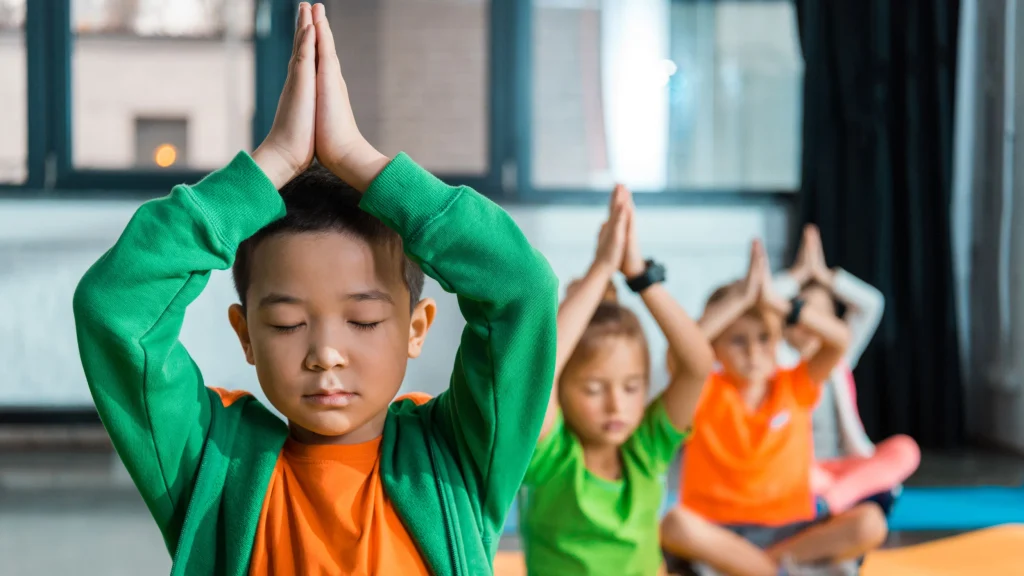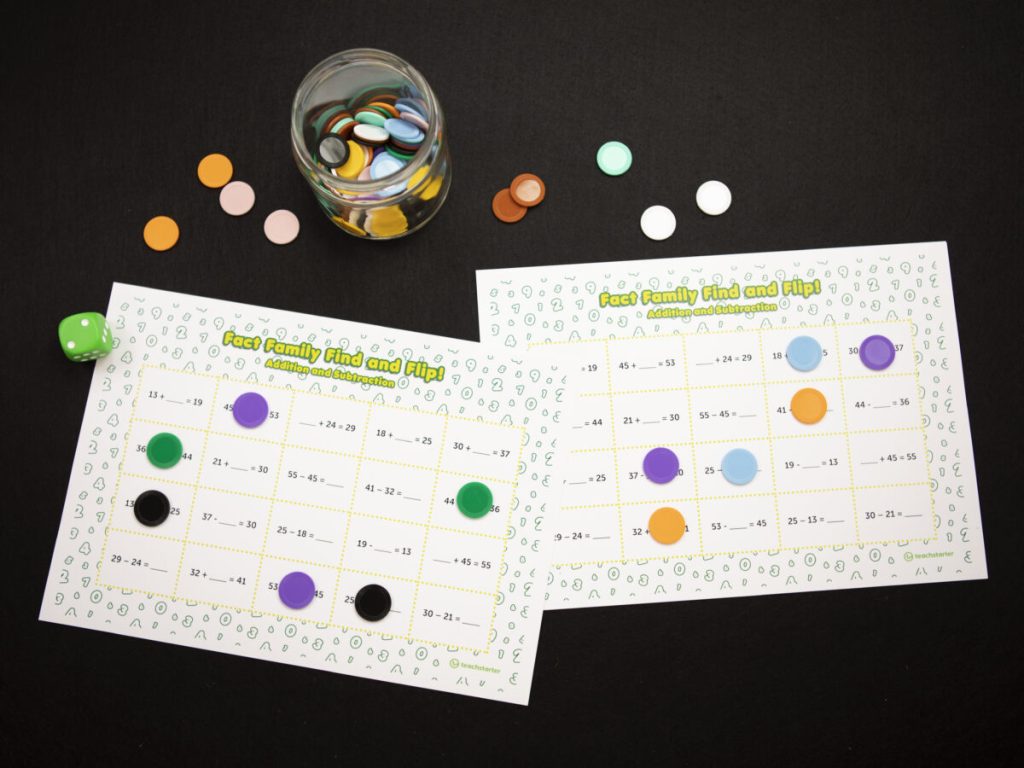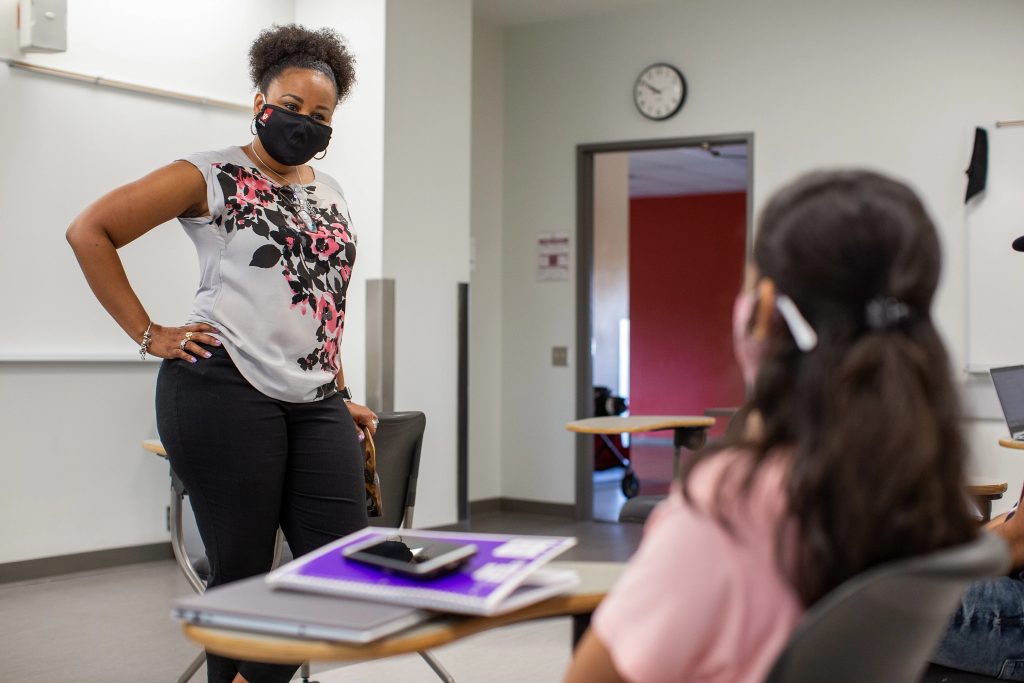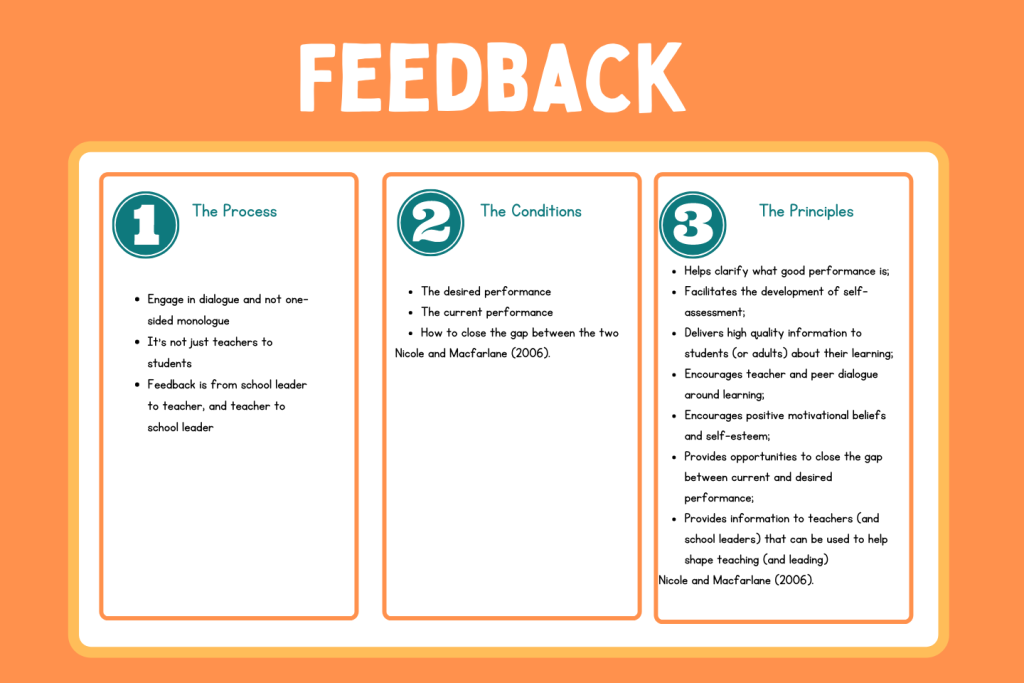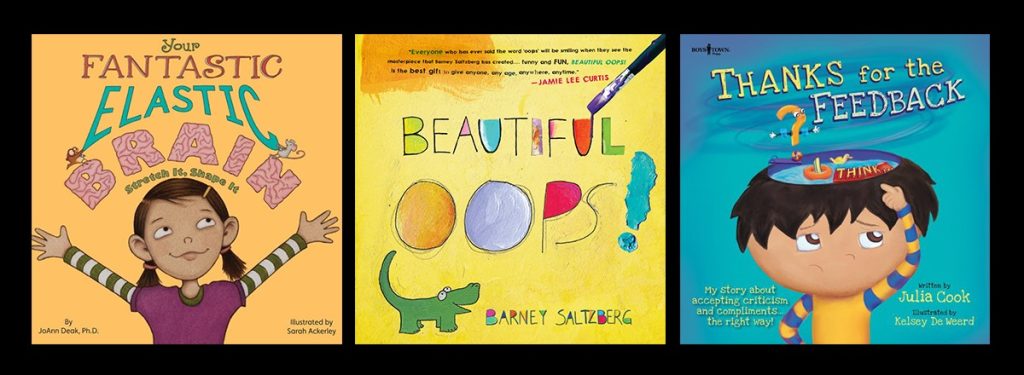Teaching yoga to kids can be a rewarding experience that promotes their physical and mental well-being. Children can benefit from yoga by improving their flexibility, strength, coordination, and balance. Moreover, yoga teaches mindfulness, discipline, and stress-relief techniques that are valuable throughout life. Here are some tips to make the most out of teaching yoga to kids:
1. Keep It Fun: Children learn best when they’re enjoying themselves. Incorporate games, stories, and playful poses to keep young yogis engaged.
2. Use Imagery: Kids have vivid imaginations. Use creative language and analogies that relate to animals, nature, or other relatable subjects to explain poses and concepts.
3. Be Flexible: While structure is essential, be ready to adapt your plan based on the children’s energy levels and interests to maintain their attention throughout the session.
4. Practice Patience: Yoga is about progress, not perfection. Be encouraging and patient as kids learn at their own pace.
5. Encourage Creativity: Allow children to express themselves by inviting them to invent their own poses or lead parts of the class.
6. Introduce Breath Work: Teach kids simple breathing techniques that can ease anxiety and improve concentration.
7. Limit Class Size: Smaller groups mean more individual attention and a more controlled environment where children can thrive.
8. Offer Positive Feedback: Positive reinforcement helps build confidence and enthusiasm for learning new skills.
9. Include Relaxation Time: End sessions with quiet time for children to relax and reflect on their practice.
10. Stay Educated: Continuously educate yourself on child development and age-appropriate yoga practices to ensure a safe and effective learning environment.
Teaching yoga to children allows you not only to witness their growth in flexibility and strength but also in self-awareness and emotional resilience. With these tips in mind, you’re all set for a successful journey into the world of kids’ yoga!
